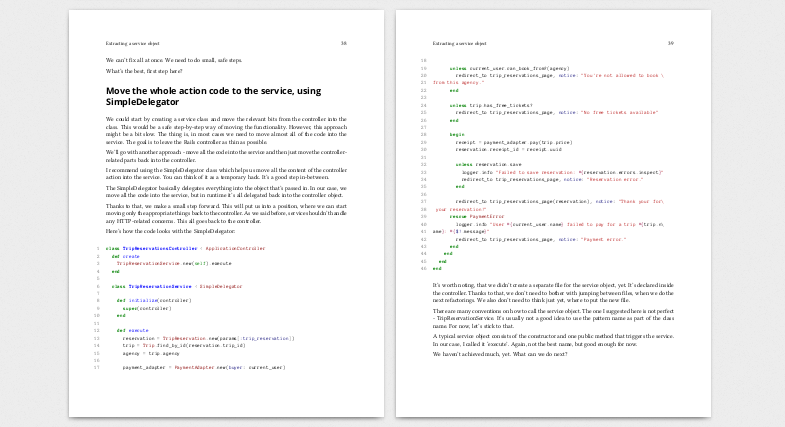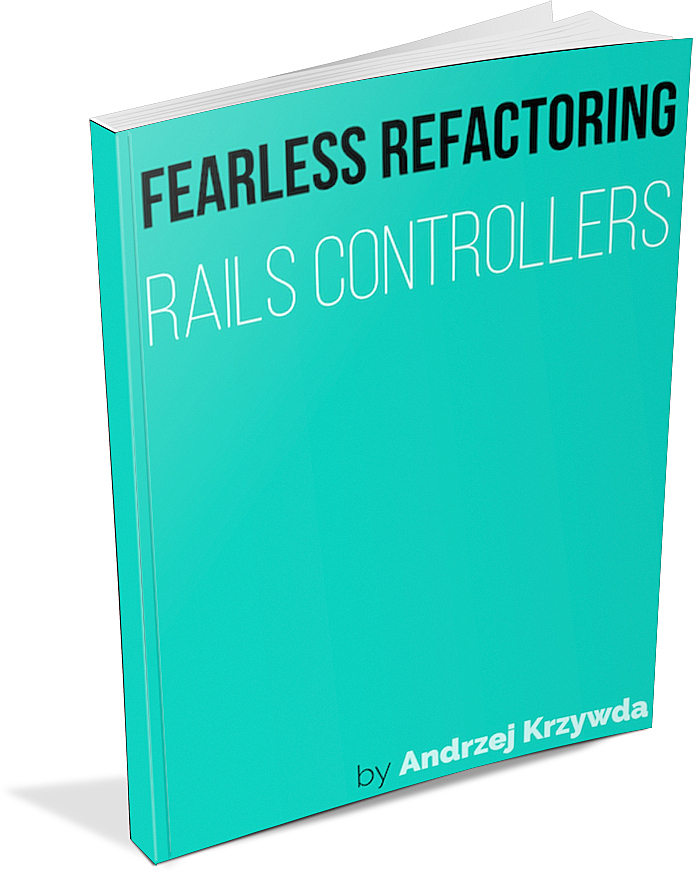Are your controllers looking like this?
class IssuesController < ApplicationController
default_search_scope :issues
before_filter :find_issue, :only => [:show, :edit, :update]
before_filter :find_issues, :only => [:bulk_edit, :bulk_update, :destroy]
before_filter :find_project, :only => [:new, :create, :update_form]
before_filter :authorize, :except => [:index]
before_filter :find_optional_project, :only => [:index]
before_filter :check_for_default_issue_status, :only => [:new, :create]
before_filter :build_new_issue_from_params, :only => [:new, :create, :update_form]
accept_rss_auth :index, :show
accept_api_auth :index, :show, :create, :update, :destroy
rescue_from Query::StatementInvalid, :with => :query_statement_invalid
def bulk_update
@issues.sort!
@copy = params[:copy].present?
attributes = parse_params_for_bulk_issue_attributes(params)
unsaved_issues = []
saved_issues = []
if @copy && params[:copy_subtasks].present?
# Descendant issues will be copied with the parent task
# Don't copy them twice
@issues.reject! {|issue| @issues.detect {|other| issue.is_descendant_of?(other)}}
end
@issues.each do |orig_issue|
orig_issue.reload
if @copy
issue = orig_issue.copy({},
:attachments => params[:copy_attachments].present?,
:subtasks => params[:copy_subtasks].present?
)
else
issue = orig_issue
end
journal = issue.init_journal(User.current, params[:notes])
issue.safe_attributes = attributes
call_hook(:controller_issues_bulk_edit_before_save, { :params => params, :issue => issue })
if issue.save
saved_issues << issue
else
unsaved_issues << orig_issue
end
end
if unsaved_issues.empty?
flash[:notice] = l(:notice_successful_update) unless saved_issues.empty?
if params[:follow]
if @issues.size == 1 && saved_issues.size == 1
redirect_to issue_path(saved_issues.first)
elsif saved_issues.map(&:project).uniq.size == 1
redirect_to project_issues_path(saved_issues.map(&:project).first)
end
else
redirect_back_or_default _project_issues_path(@project)
end
else
@saved_issues = @issues
@unsaved_issues = unsaved_issues
@issues = Issue.visible.where(:id => @unsaved_issues.map(&:id)).all
bulk_edit
render :action => 'bulk_edit'
end
end
end


